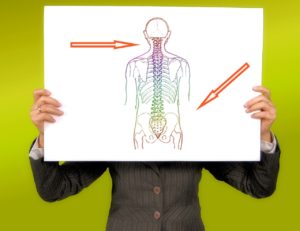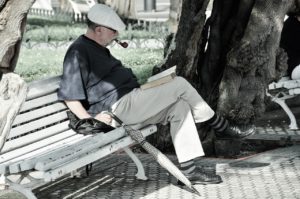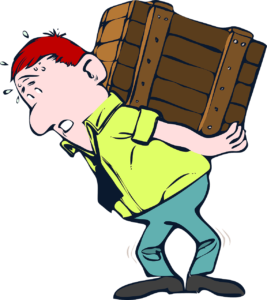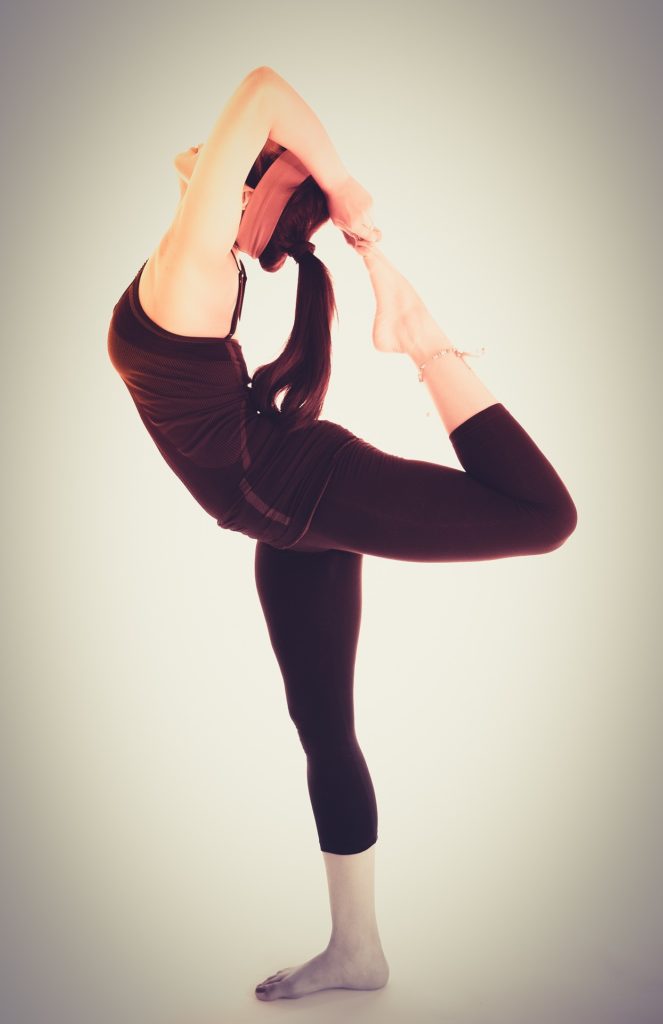Why is back pain so common and what can be done to reduce your risk.
Driving through California’s central valley on the way to a recent camping trip, I couldn’t help but notice the fields of fruits and vegetables. The green plants were such a stark contrast to the golden hills. I also couldn’t miss the field workers, dozens of workers with large hats and layers of clothing to protect from the sun. What struck me was their posture. Bent over arched backs with straight knees, reminiscent of an angry cat. How can they hunch over for hours on end picking berries? My back started to ache just thinking about it. I decided I had to try for myself. The following weekend I planned to go strawberry picking. I would use my therapy knowledge and see if I could protect my back.
The next Saturday morning, just as the fog was rolling back to the coast, my daughter and I drove into High Ground Organic farm in Watsonville, California, the strawberry capital. As we parked the car, I noticed a group of berry pickers taking a break on the edge of the field with their coolers open. They were sitting on a dirt mound hunched forward with their elbows on their knees for support. Although only 10:00 in the morning, they had likely been picking for a few hours already. They looked tired. We jumped out of the car full of energy with visions of strawberry jam and shortcake in our heads.
After just 10 minutes of picking, my back ached. I quickly understood why among crop workers strawberry picking is known as “la fruta del diablo’ (the devil’s fruit). I tried to squat and use good posture, everything I recommend to patients, but it just wasn’t productive. Intuitively, I knew that a hunched forward, bent down posture was not good for my back, but I realized this is the only productive way for a true berry picker to pick. Squatting to pick berries, standing up, moving forward and squatting again is just not productive, especially if you are getting paid by the amount of berries picked. I wondered how many field workers suffer from back pain due to maintaining sustained poor postures for such a long period of time. Given that 80% of American adults experience low back pain at some point in their lives, as reported by the National Institute of Neurological Disorders, and back pain is the leading cause of disability in Americans under the age of 45 years old (American Academy of Pain Medicine), I was sure that field workers suffer greatly from low back pain. Why is low back pain so prevalent not only among field workers but among our population as a whole?

First a little anatomy lesson. The back is composed of bones, called vertebrae. The vertebrae are stacked together to form three curves, one at the neck, one in the upper back and the final curve in the low back. The neck and the low back curve are designed to curve inward, while the upper back curve is designed to curve outward. The lowest five vertebrae collectively form the lumbar region. Disks, which can be simply thought of as jelly filled balloons, are located between each vertebrae and provide cushioning and shock absorption. Ligaments are the tape that attaches each vertebrae to the next. Nerves exit the spine through spaces in this vertebral column and provide sensation and motor movement to the limbs. Both abdominal and back muscles form the breading that holds the entire “back sandwich” together. When the three back curves are happy, the nerves have room to exit the spinal column without getting pinched, the jelly filled discs tend not to bulge, compressive forces on the joints are reduced and muscle pull on the vertebral column is balanced. When the three back curves are in balance and not too large or too flat, everyone is happy, including you. Problems occur when these natural back curves change, either becoming too large, or too flat and thus putting stress on the discs, joints, muscles and nerves. Back pain is now inevitable. It is a vicious cycle, and unless balance is restored, back pain will likely continue. Most back pain is not due to a single injury but instead due to years of poor posture, excessive sitting, poor movement patterns and general wear and tear.

As humans, we were not designed to sit so much. A sedentary lifestyle contributes to musculoskeletal pain, inflammation and weakness. Slouching in our favorite recliner or on the couch is common in our society and may feel comfortable in the short term. However, this poor sitting posture is not your back’s best friend in the long run. Try this experiment: Sit in your favorite comfy chair or couch and then slide your bottom forward to assume a slouching position, what many would view as comfortable. Notice how your low back curve just disappeared. Now slide back to the rear of the chair and notice how your low back tried to regain a natural curve. Slouching in a chair results in the loss of the low back curve and therefore places increased stress on the back. On the other hand, even with good posture and back support, excessive sitting often results in tightness of the hip muscles and leads to an excessive low back curve.

The back and supporting musculature are not created for maintaining sustained poor postures for long periods of time. Back muscles are relatively small in comparison to the the larger leg muscles such as the glutes and quadriceps. The general advice to lift with your legs and not your back is truly important as back muscles are not large enough or strong enough for heavy lifting or prolonged stress. Back muscles will naturally try and maintain the three spinal curves. However, these muscles eventually fatigue and weaken. The spinal curves are lost.
Perhaps a warm shower may take care of short term back pain caused by a morning of strawberry picking or an afternoon of slouching in the movie theater, but what can you do to decrease your risk of future back pain? The following simple recommendations may go a long way.
- Keep the curves! Maintaining three balanced back curves (not too big, not too flat) will go along way in protecting your back. If you have lost your natural back curves, try to restore the curves. In daily activities, think about the three natural spinal curves and provide support to these curves as needed. Lumbar and cervical pillows are designed to maintain spinal curves while letting the supportive muscles relax.
- Be mindful of your sitting posture. When working at a desk, sit at the back of the chair and pull the chair as close to the desk as possible. Sitting forward to view a computer monitor or read places significant stress on the low back.
- Move often! The more the better.
- Exercise. Be consistent with an exercise program that includes both flexibility and strength building exercises. Focus on abdominal, back and leg strength building. The stronger your legs, the greater the likelihood of lifting properly and thus reducing stress on the small back muscles.
- Be conscious of weight gain, especially excess abdominal fat. Excess weight places increased, unbalanced stress on the joints of the back.
After my morning of berry picking followed by some ibuprofen, I had a greater respect for the stress and strain field workers place on their bodies. I had a greater appreciation for the back as I enjoyed my strawberry jam. Sometimes in life we do not have choices. However, for many including myself, we have the choice of how we take care of our backs. Good choices today will pay off in the future.


As always, great information. I find myself constantly needing to stand and stretch when working at the computer too long.
Thanks for the comments. Good advice for anyone sitting at a computer…get up often, stretch and don’t forget to check the position of your computer chair to the desk and monitor. Good posture and proper set up of your work station will go along way.
I do situps and back hyperextensions and that has always helped strengthen those areas in addition to not sitting in a chair all day.
Great exercises for keeping the natural curves of the back and for strength building. Thanks for sharing!